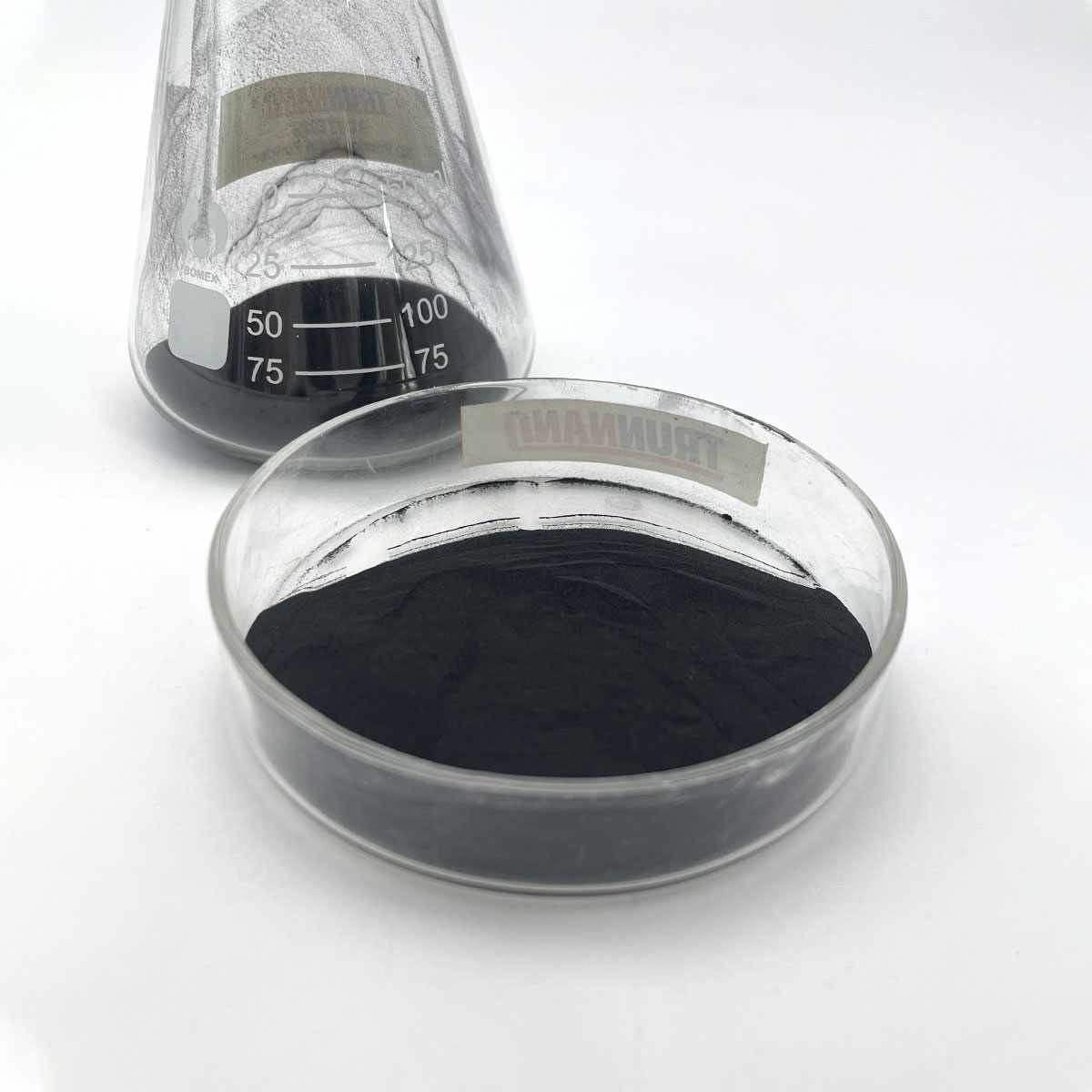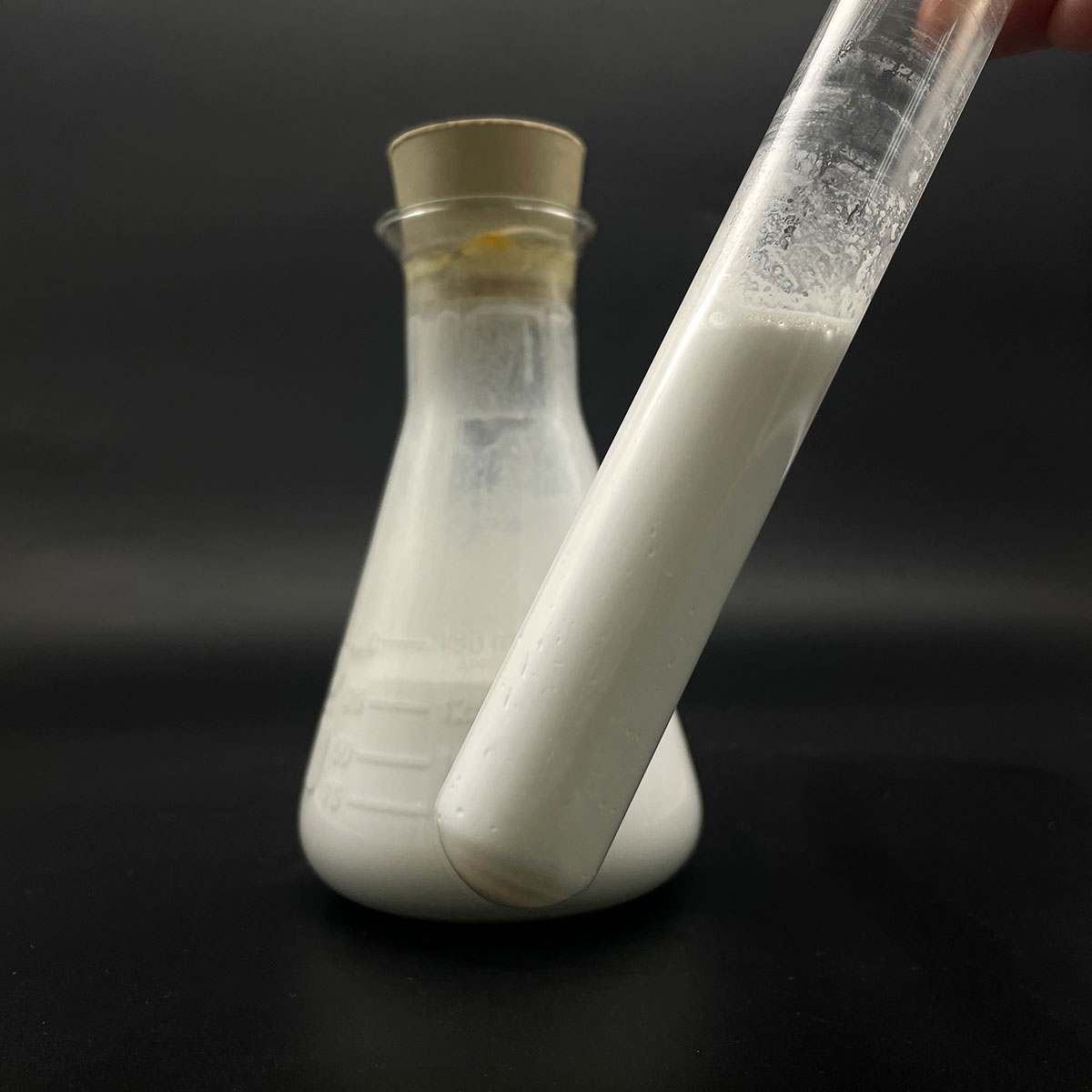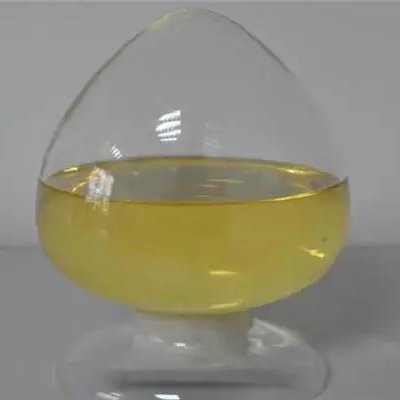Overview of Tungsten Carbide Powder for Welding and Cemented
Metal powder is a common form of metal that has been processed into fine particles, ranging from a few micrometers to over 100 microns in diameter. It plays a crucial role in various industrial applications due to its unique properties and versatility.
Features of Tungsten Carbide Powder for Welding and Cemented
Physical Characteristics
Particle Size: Ranging from nanometers to hundreds of micrometers, the size distribution significantly influences the powder’s flowability, packing density, and sintering behavior.
Shape: Particles can be spherical, irregular, flake-like, or dendritic, each shape affecting the final product’s mechanical properties and surface finish.
Purity: Depending on the production method, metal powders can achieve high levels of purity, critical for applications like electronics and aerospace where impurities can degrade performance.
Density: While less dense than their solid counterparts due to the presence of air between particles, metal powders can be densely packed during processing to approach the density of the solid metal.
Chemical Properties
Reactivity: Some metal powders, particularly aluminum and titanium, are highly reactive with air and moisture, necessitating careful handling and storage under inert atmospheres or vacuum.
Oxidation: Exposure to air can lead to surface oxidation, forming a passive layer that affects sintering and other processes. This can be managed through surface treatment or use of protective atmospheres.

(Tungsten Carbide Powder for Welding and Cemented)
Parameters of Tungsten Carbide Powder for Welding and Cemented
Tungsten carbide powder, also known as WC powder, is a high-performance material with exceptional strength and durability that finds extensive applications in various industries, particularly in welding and cemented carbide manufacturing. It is a compound of tungsten, a rare earth metal, and carbon, which forms a hard and wear-resistant ceramic material when heat-pressed or sintered under pressure.
In the context of welding, tungsten carbide powder is used to create tungsten inert gas (TIG) welding electrodes. These electrodes are crucial for precision welding due to their ability to maintain a stable arc, produce minimal spatter, and withstand high temperatures without melting. The fine powder form allows for better flow and distribution during the electrode manufacturing process, ensuring consistent weld quality across different projects.
Cemented tungsten carbide, often referred to as cemented carbide, is a composite material formed by binding tungsten carbide particles with a binder material like cobalt, nickel, or iron. This process, known as cementation, involves sintering the tungsten carbide powder under high pressure and temperature. The result is a material with excellent hardness, thermal stability, and chemical resistance, making it ideal for cutting tools, wear-resistant coatings, and heavy-duty machinery components.
The cementation parameters play a critical role in determining the final properties of the cemented carbide. Key factors include:
1. Particle size: Smaller particle sizes lead to higher surface area, promoting better bonding between the carbide particles and binder. However, too small particles can cause porosity during sintering.
2. Binder content: The proportion of binder affects the mechanical properties and wear resistance. Higher binder content can enhance toughness but may reduce hardness.
3. Sintering temperature and time: Optimal sintering conditions ensure complete densification of the powder while minimizing grain growth. Higher temperatures and longer times can improve the bond strength.
4. Green body density: Achieving a high green body density before sintering ensures better consolidation and reduces the need for post-sintering heat treatments.
5. Cooling rate: Rapid cooling after sintering can prevent grain growth and maintain the microstructure’s integrity, contributing to improved wear resistance.
6. Post-sintering treatments: Annealing or tempering can be employed to adjust the hardness, toughness, or other desired characteristics according to the specific application requirements.
In summary, tungsten carbide powder is a versatile material with significant potential in welding and cemented carbide production. The success of these applications relies on carefully controlling the cementation parameters to achieve the optimal balance between strength, wear resistance, and processability. By understanding and optimizing these parameters, manufacturers can create tungsten carbide products that excel in demanding industrial environments.

(Tungsten Carbide Powder for Welding and Cemented)
FAQs of Tungsten Carbide Powder for Welding and Cemented
Inquiry us






